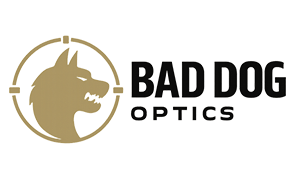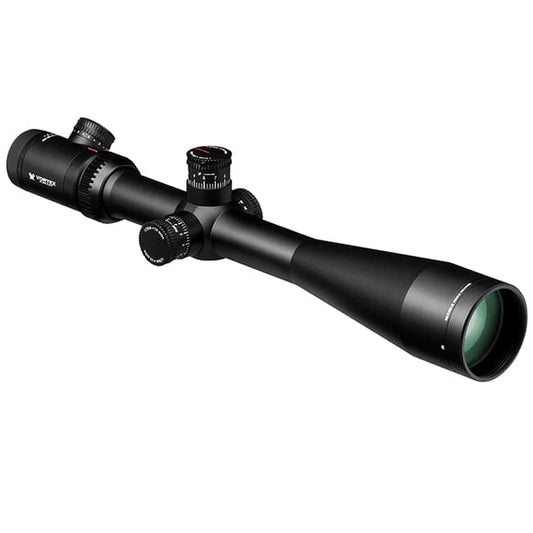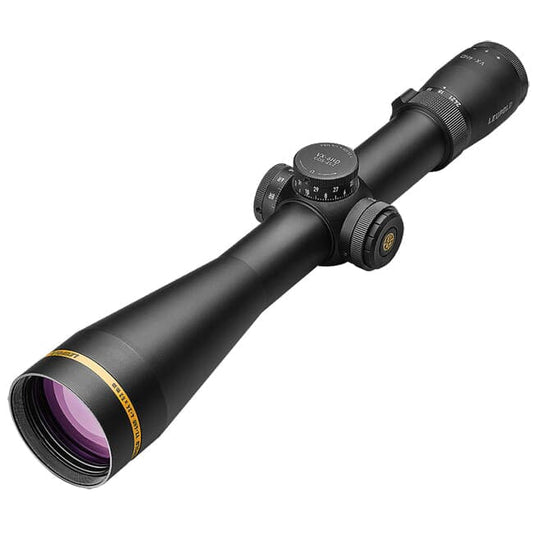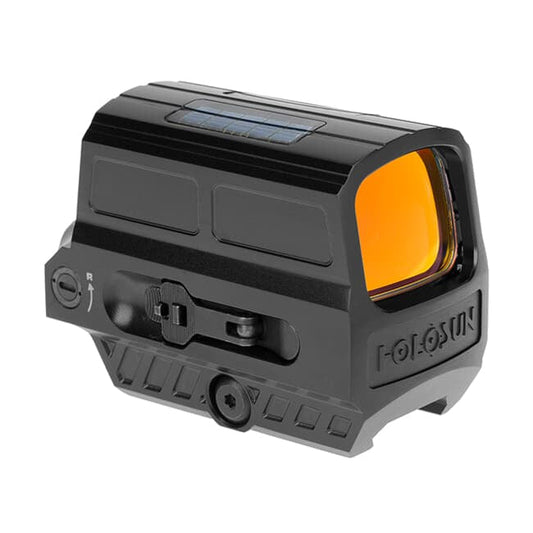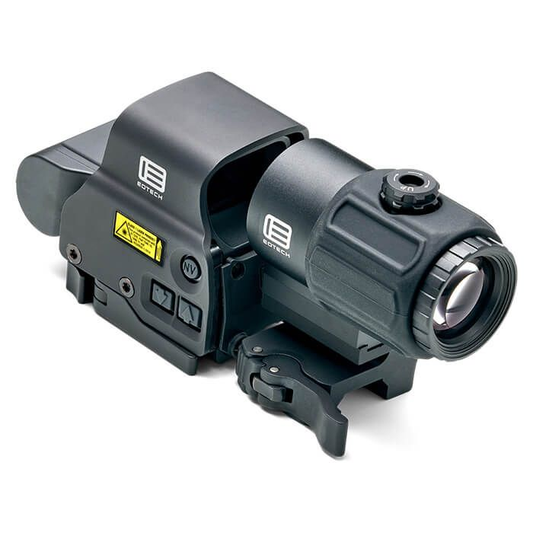

The EOTech HHS VI EXPS3-2 HWS & G43 Magnifier HHS-VI provides a robust optical solution for various shooting scenarios. This system pairs a holographic sight with a 3x magnifier, enabling quick target acquisition at close ranges while maintaining precision at greater distances. The EXPS3-2 sight is designed for compatibility with night vision devices, making it effective in low-light environments. With tool-free adjustments for windage and elevation, users can easily achieve accurate aiming without hassle.
Constructed for durability, the EXPS3-2 features a lightweight design and a quick-release mount that fits securely on Picatinny and Weaver rails. Its battery life supports up to 1,000 hours of continuous use, ensuring reliability when it matters most. The G43 magnifier enhances versatility with its flip-to-side capability, allowing shooters to switch between close and extended targets quickly. Both components are fog-resistant and equipped with anti-reflective coatings for improved clarity in various conditions.
Key Features:
- ADVANCED OPTICS: EXPS3-2 holographic sight with G43 magnifier enhances target acquisition at varying ranges.
- NIGHT VISION: Compatible with Generation I-III night vision devices for versatile use in low-light conditions.
- RUGGED DESIGN: Built for extreme conditions, waterproof and fog-resistant housing ensures reliability.
- QUICK TRANSITION: Flip-to-side G43 magnifier allows for fast switching between close and extended ranges.
- ACCURATE ADJUSTMENTS: Tool-free windage and elevation adjustments on EXPS3-2 for precise aiming.
- BRIGHTNESS SETTINGS: Thirty selectable levels for optimal reticle visibility in any lighting environment.
- SOLID MOUNTING: Integrated quick-release mount for secure attachment to Picatinny or Weaver rails.
- DURABLE MATERIALS: Features anti-reflective coated optics and shatter-resistant windows for enduring performance.
Technical Specifications
| Specification | Detail |
|---|---|
| Magnification Range | 3x |
| Power Supply | (1) CR123 |
| Dimensions EXPS3-2 HWS | 3.8" x 2.3" x 2.9" |
| Dimensions G43 | 3.1" x 2.3" x 3.3" |
| Weight EXPS3-2 HWS | 11.2 ounces |
| Weight G43 | 11.3 ounces |
| Reticle Details | EOTech Two-Dot Reticle |
| Battery Life | 1,000 continuous hours at nominal setting 12 |
| Battery Type | CR123A |
| Brightness Settings | 20 daytime, 10 night vision compatible |
| Night Vision Compatible | Yes |
| Item Condition | New |
| UPC | 672294600879 |
| MPN | HHS-VI |
What's in the Box?
- HHS VI (EXPS3-2 & G43.STS)
- Quick-Start Guide
- Warranty & Registration Card
- CR123 Battery
- Protective Case
Customer Reviews
"The EXPS3-2 is incredibly easy to use, and the magnifier makes a noticeable difference in accuracy." - Alex R.
"I love the quick-release mount. It's perfect for switching between rifles." - Jamie T.
"Excellent clarity and durability. Works perfectly in low light." - Chris M.
FAQ
Many users wonder about the performance of the EOTech HHS VI in various environments. The combination of the EXPS3-2 and G43 is engineered for reliability in challenging conditions, including rain and fog. The waterproof and fog-resistant design ensures the optics remain functional, allowing for consistent performance whether in the field or at the range.
Maintenance is straightforward. Regularly check the battery level and clean the lenses with a soft cloth to maintain optimal visibility. Users have also inquired about how this model compares to others like the EOTech HHS V. While both provide exceptional functionality, the HHS VI offers improved battery life and enhanced night vision compatibility, making it suitable for a wider range of applications.
For those considering alternatives, the HHS VI's integrated magnifier distinguishes it from standard holographic sights. This feature is particularly beneficial for shooters who require both close-quarters and long-range targeting capabilities without switching between different optics.
Similar Models
Looking for more options? Explore the complete EOTech lineup, including models like the HHS IV for a compact solution or the HHS III for a classic design. Each model is crafted for specific user needs, ensuring you find the perfect fit for your shooting requirements. Check out our full collection for a range of tactical optics designed to enhance your shooting experience.
You May Also Like
Here’s some of our most similar products people are buying. Click to discover trending style.
